A few highlights from a visit to the estuary of the River Odiel on the outskirts of Huelva in southern Spain.
An important protected area the marismas have a rich biodiversity and help form a vital stopping place for migratory birds heading along the coast of western Europe to Africa. The varied habitats include salt and freshwater marshes, salt pans, lagoons and creeks. In addition there is also a Visitor Centre and strategically located viewing screens.
Special thanks are due to the staff at the ‘Centro de Recepción La Calatilla – Anastasio Senra’ visitor Centre. Really friendly and keen to offer advice and assistance on the best areas and species to be found. Also spoke excellent English (far better than our Spanish).
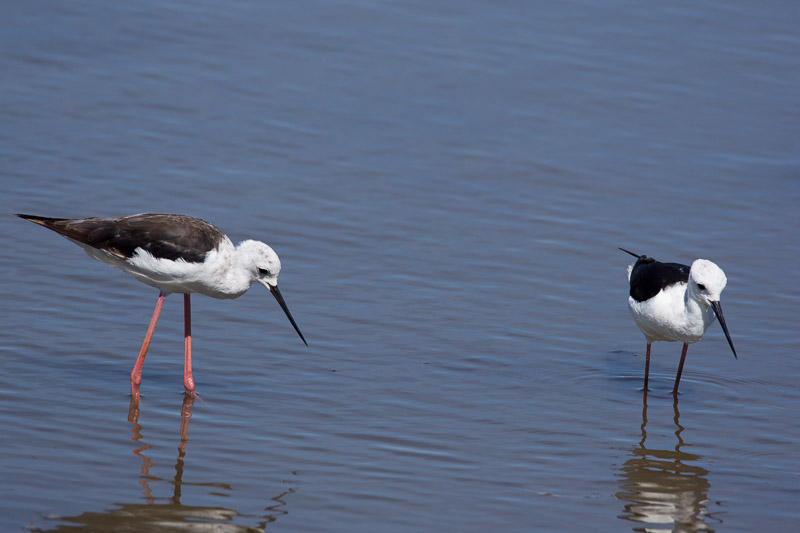
A young Black-winged Stilt learning to hunt the various insects and crustaceans to be found on the Marismas del Odiel.
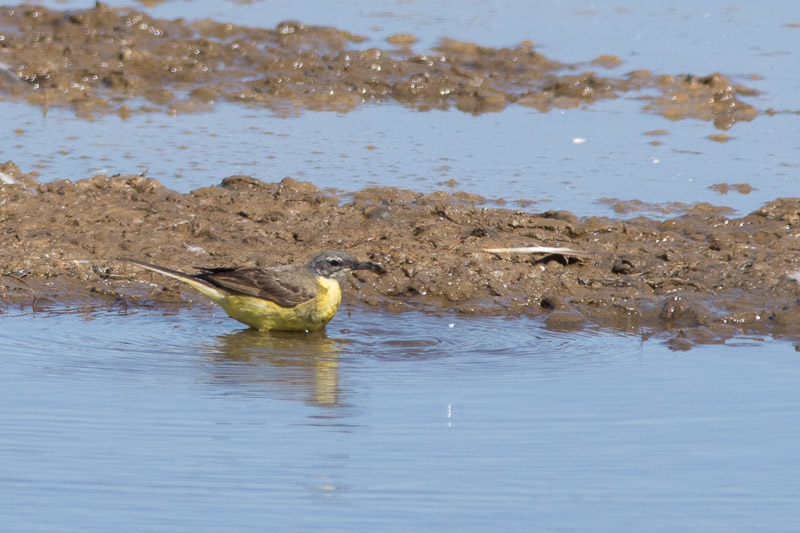
Iberian Wagtail – the Iberian form of the Yellow Wagtail. Possibly resident all year round in Andalucia.
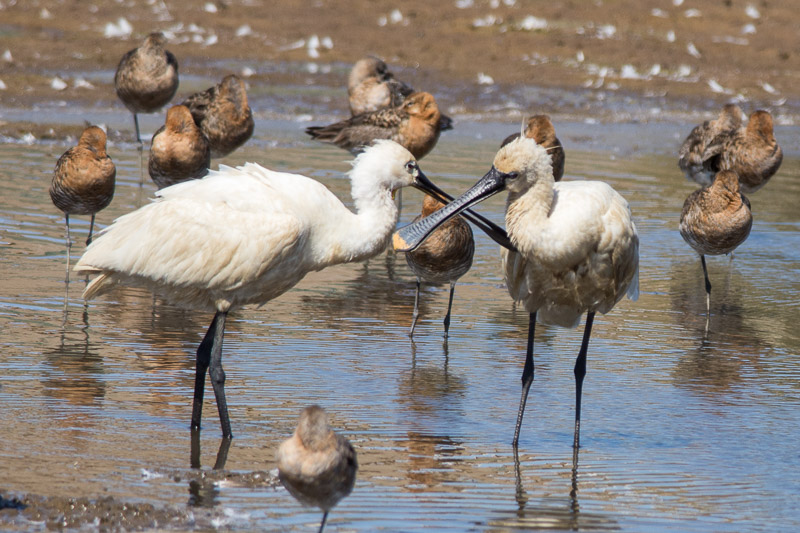
European Spoonbill.
Great to see the protection in place for the resident breeding population of Spoonbills. Surprising to see just how common they are on the marshes (approx. 1/3rd of European population are to be found around the estuary of the Odiel).
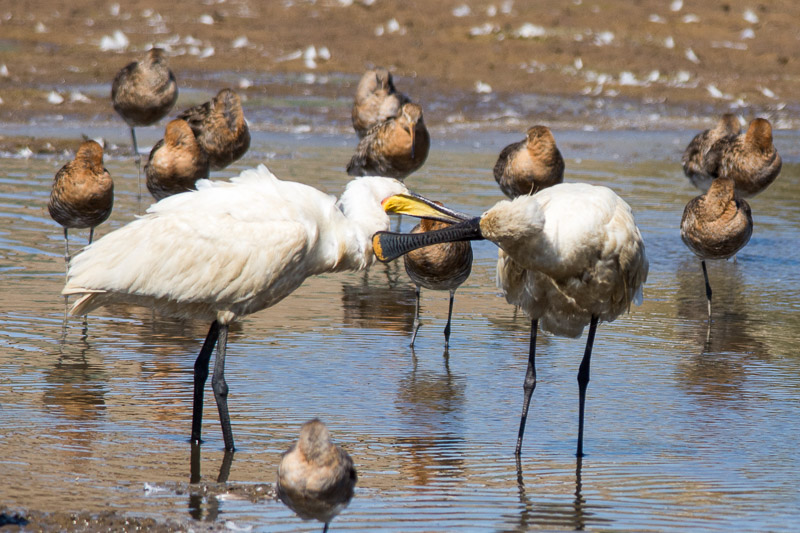
Must be an interesting challenge keeping those feathers in condition with the huge, spatula shaped bills.
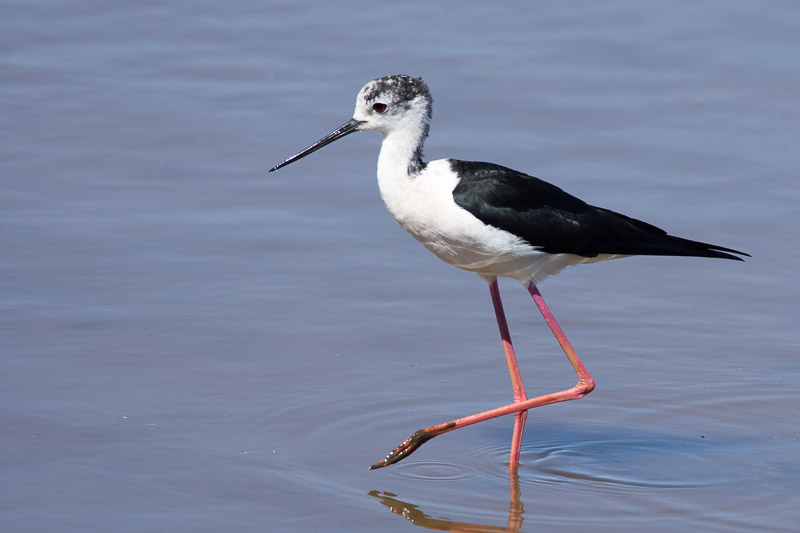
With the brackish pools closest to the visitor centre still retaining water we were fortunate to enjoy some superb views across the marshes. Normally wary and easily spooked the viewing screens allowed close-up views of many of the more common Mediterranean waders.
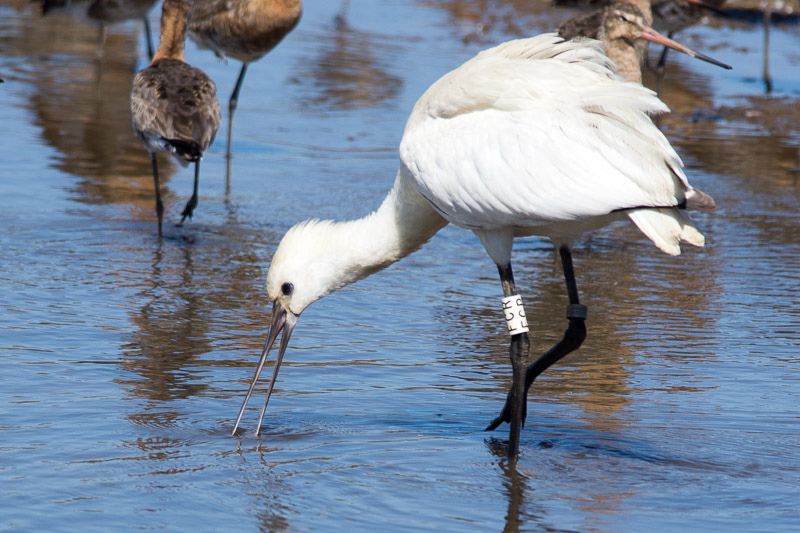
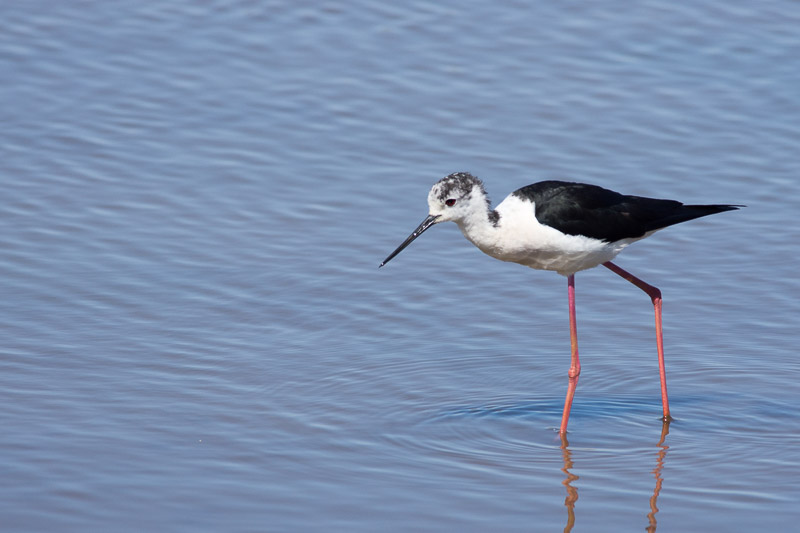
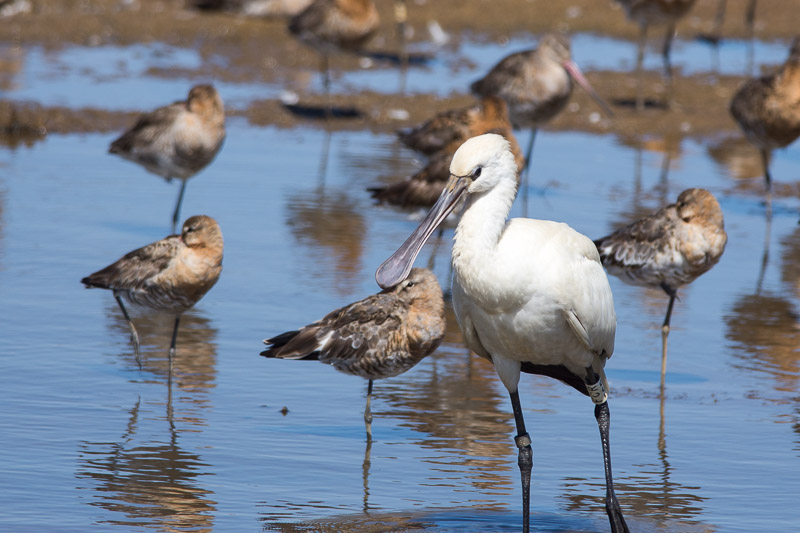
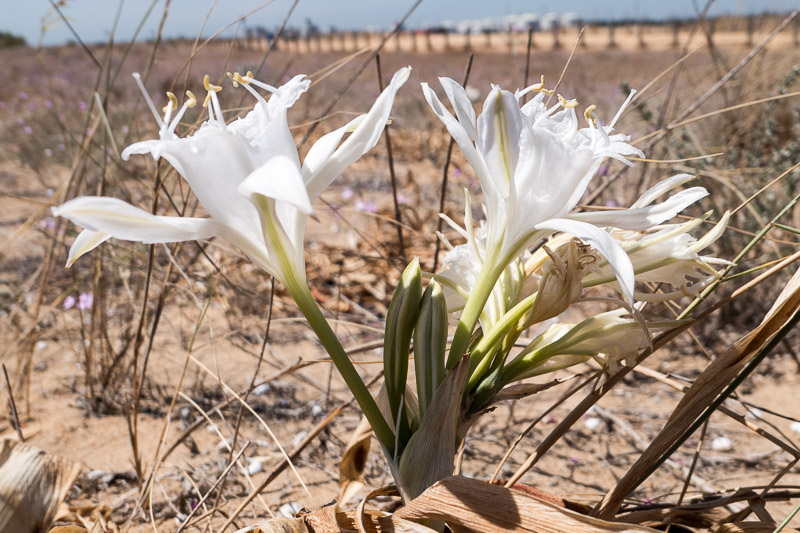
Following the causeway to the end of the road led to a small car park. Amongst the parched vegetation plenty of Sea Daffodils/Sand Lilies to be found. Also a female Montagu’s Harrier quartering the marshes and an Osprey hunting over the estuary.
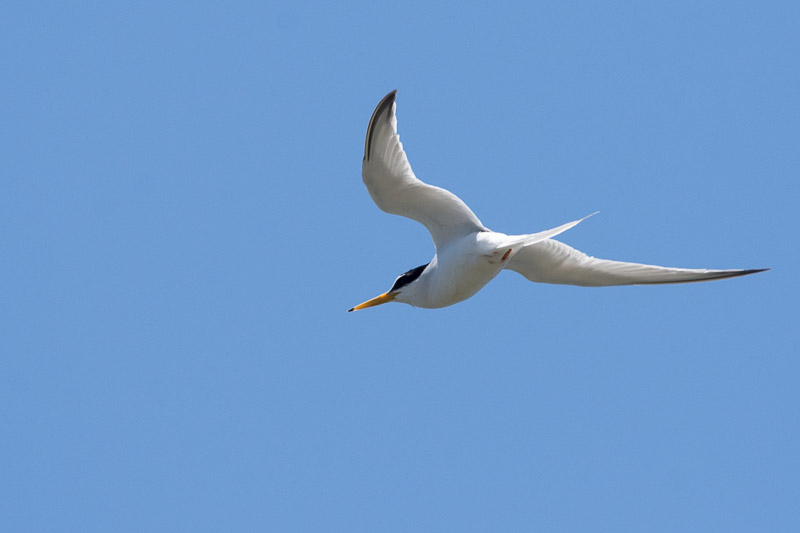
Little Tern at the Marismas del Odiel.
By far the most common tern to be seen hunting over the brackish pools and estuary. Unfortunately on this occasion we missed out on the Caspian Terns.

Prickly Pear growing amongst the sand dunes.
Introduced to the Mediterranean from North America seems odd that somebody thought they’d make a good crop. Perhaps the fruits need to be eaten to fully understand why anybody would risk harvesting anything growing on top of a sea of thorns.
Really impressed with the Marismas del Odiel – we’ll be back.